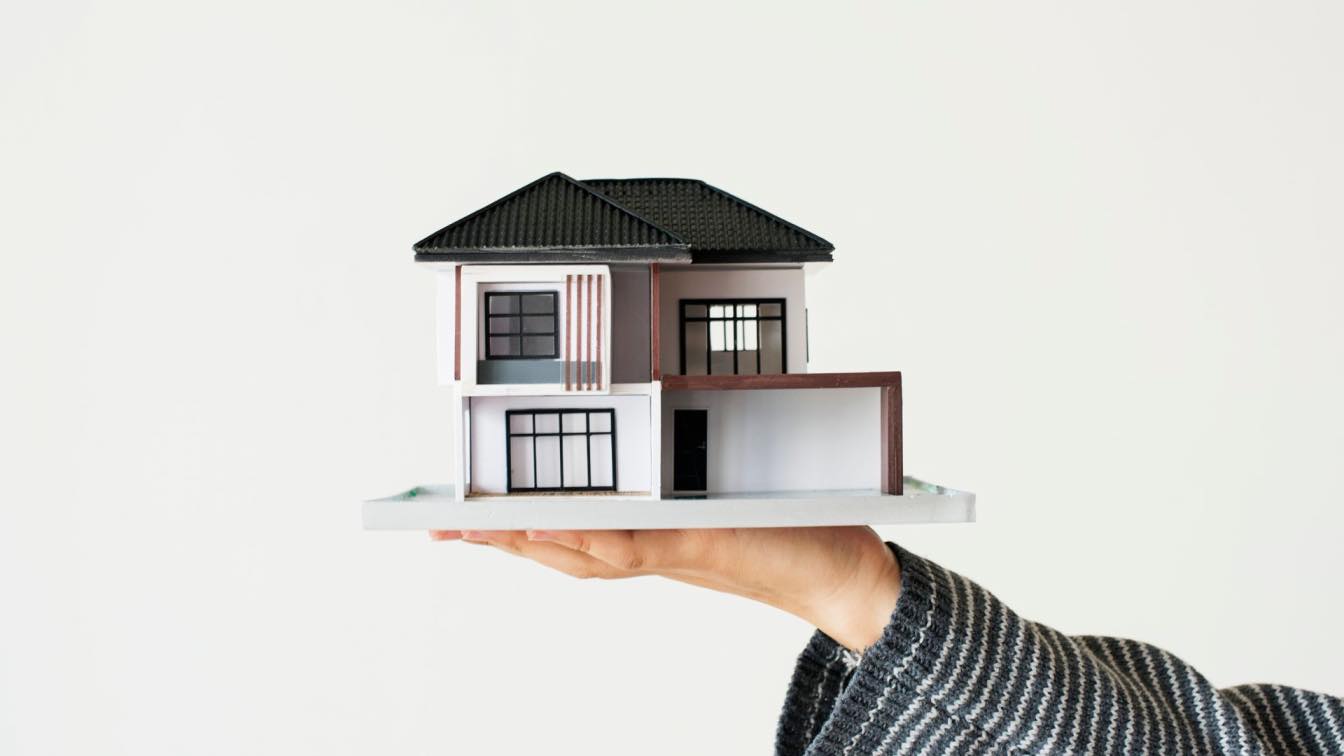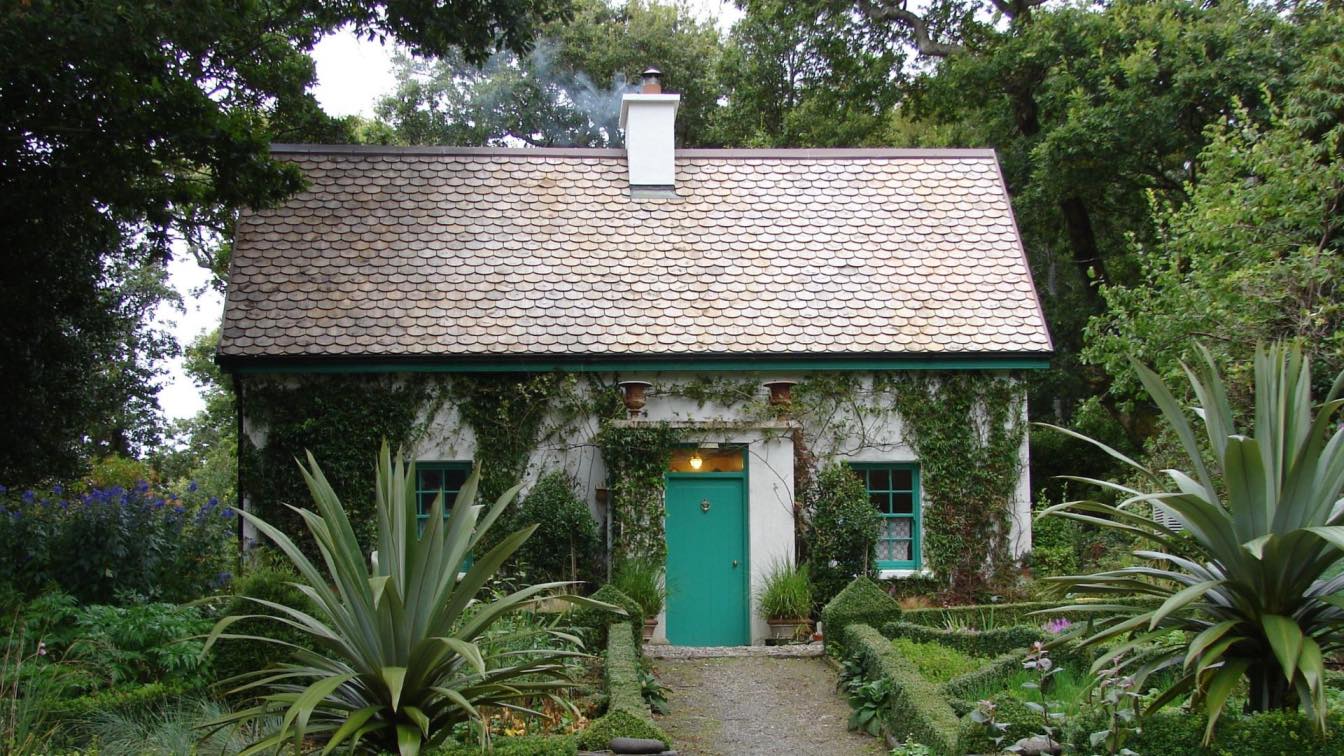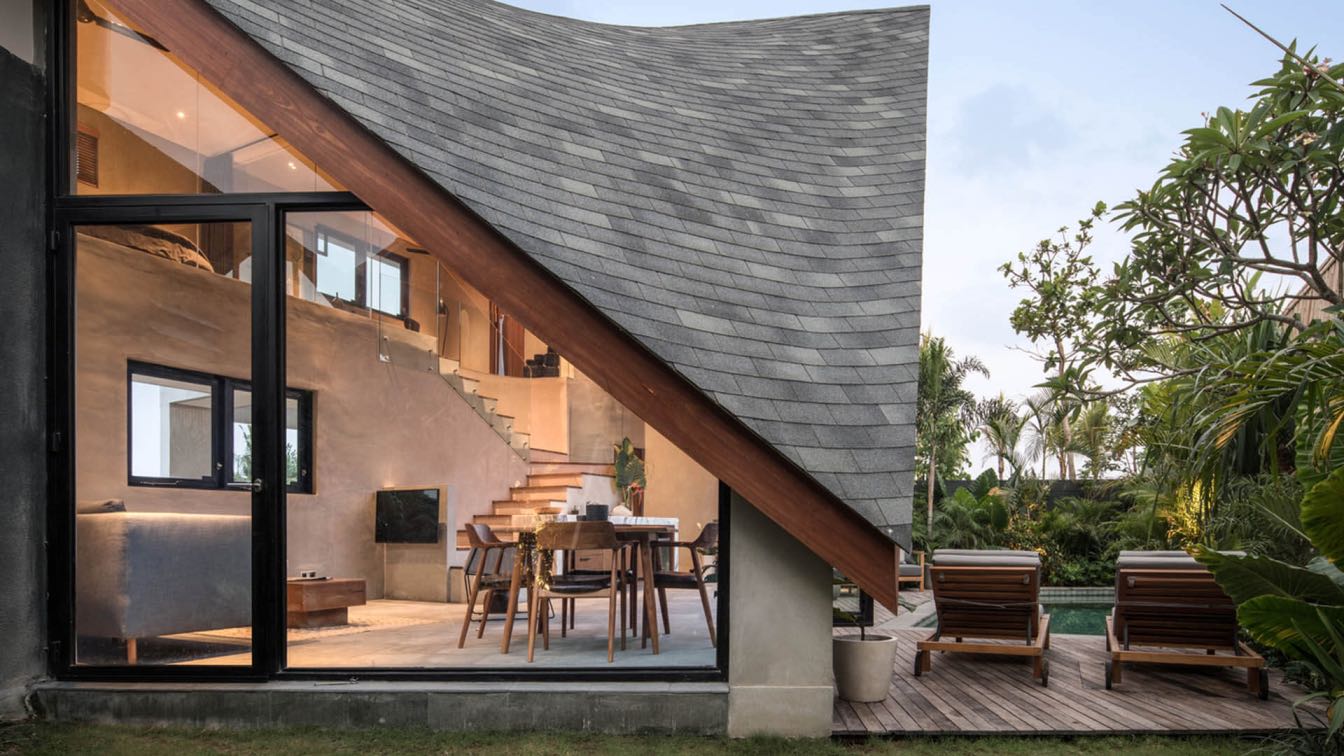You don't have to sacrifice style or functionality when you reside in a small space. Whether you're living in an apartment or a tiny house, there are some things that you can do to make your space functional and a beautiful retreat. With smart furniture choices, choosing the right colours and décor, you can make even the smallest of spaces look roomy and welcoming. In this blog, we will observe how multi-functional furniture, judicious color use, and smart rug choices can make you make the most of your tiny home without losing style and functionality.
Multi-functional Furniture: The Greatest Space-Savers
Since tiny homes have limited space, every piece of furniture has to perform double or triple duty. Multi-purpose furniture is the ultimate space saver of small homes, offering functionality with style. A sofa bed is just one of the classic pieces of furniture that offers cozy seating during the day and a cozy bed at night, to name just one example. Storage ottomans also can serve as seats, footrests, or even coffee tables and store items such as blankets or books. These multi-functional furniture items eliminate clutter and make your home look like it's tidy.
Fold-up or wall-mounted furniture is another great idea. A wall-mounted desk is also a work area that disappears when not required, and folding out the dining table is always convenient to have for guest visiting without taking up permanent floor space. Wall beds fold up and are usually most in demand with studio apartments for hiding the bed from view during the day. Modular furniture, such as stack chairs or sectionals, is even more adaptable because you can reconfigure your setup to suit different purposes. The secret to multifunctional furniture is to select pieces that are balanced both in looks and function. Select clean, smooth lines that will not overwhelm the room and select neutral colors to make the room look larger.
Color Tricks: Painting Your Way to Spaciousness
Color has a very powerful effect on how we perceive space, and color theory knowledge can be the key to making small spaces functional. If you wish to make a space look larger, the best colors are light colors, some of which include whites, creams, and pale pastels. They reflect natural light around, making the space airy and light. Painting walls with such colors can make the room instantly lighter and make it feel larger. Dark colors, on the other hand, seem to suck light out and make a room feel narrow and smaller, so use them sparingly.
A monochromatic color scheme is a great concept for small space. One color group restricts the visual distraction and creates the impression of being unified in the space. You can inject personality with a variety of subtle differences in texture or, better yet, bursts of color in the shape of cushions, throws, or artwork. You can then personalize your home without filling the space. Don't forget about the ceiling, it's also referred to as the "fifth wall." Paint the ceiling a lighter color than walls to create the illusion that the room is higher and thus taller. Vertical striations on walls or drapery will also create the illusion of a higher room by directing the eye upwards. And, naturally, mirrors are always an excellent method of doubling light and creating an illusion of more space. Mirrors will light up even the smallest room because they reflect both natural and artificial light.
Rugs Done Right: Size Matters More Than You Think
A rug is an important component in the interior design of any home. But if you are going to put them in a smaller room, getting the size right is an even bigger problem. One of the top decorating blunders people make is selecting the wrong size rug. A smaller rug will cause the room to feel isolated and even tighter than it is. Avoid this by using a larger rug to anchor your furniture and provide the room with a feeling of equilibrium. For instance, in the living room, the rug needs to be large enough to place all your front legs of your furniture on it, which establishes the seating space and constructs the room in a more balanced shape.
When selecting rugs for small rooms, pattern and color should also be a consideration. Light-colored plain-patterned rugs can brighten up a room and give it an airy feel, while dark-colored rugs weigh a room down and make it feel cramped. Apart from providing a room a bigger appearance, large rugs offer a cozy and fashionable surface over your furniture. Rugs can be utilized in order to have separate rooms within an open-floor layout and provide personality to a specific area. For example, having a big rug in the living room so that it can separate it from the eating or working area gives the space a clean and neat look. Above all, you can make your small living room look better and be more functional by having the proper size, color, and placement.





